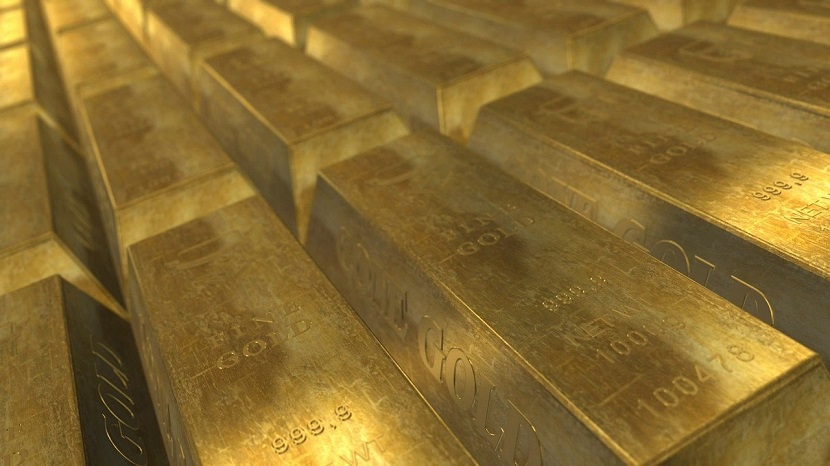Gold prices are still falling further as the dollar has remained close to a 20-year high. Additionally, the ultra-hawkish monetary strategy of the US Fed, which resulted in future interest rate hikes that would be more aggressive, hurt the attraction of bullion.
The appeal of the interest-free yellow metal tends to decline as interest rates rise in the economy.
The benchmark 10-year US Treasury yield reached an 11-year high on Thursday and the dollar index was near its best level since 2002, both of which were boosted by the Fed’s 75-basis-point rate hike and hawkish outlook on Wednesday.
At $1,648.59 per ounce as of 12:24 GMT, spot gold was down 1.3% and headed for a 1.6% weekly fall. Futures for U.S. gold decreased 1.5% to $1,656.20.
With the dollar increasing by 0.9% to a new two-decade high against its competitors, gold became less alluring for holders of other currencies. Standard 10-year U.S. Treasury yields reached a record high.
Rising rates make gold less attractive since it pays no interest even though it is thought to be a secure investment during times of political and financial unpredictability.
Rising rates make bullion less desirable since it offers no interest. Since rising beyond the crucial $2,000 per ounce threshold in March, gold prices have dropped by about 20%.
Ajay Kedia, director at Mumbai-based Kedia Commodities, predicted that prices would remain choppy. There hasn’t been a significant drop in prices as a result of the (75 bps) rate hike because the market has already priced it in.
Kedia added that the support level was $1,650, while the resistance level was $1,720. Also, the potential gains for gold were being limited by prospects of a future rate hike.
As the conflict in Ukraine grew more intense, there was some safe-haven buying.
However, the constant increase in rates continues to work against gold as tighter monetary policies give real return and the USD stable footing, according to Soni Kumari, an ANZ commodities strategist.



